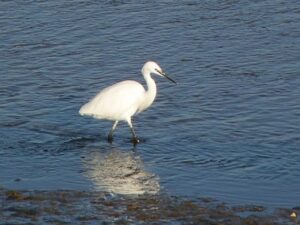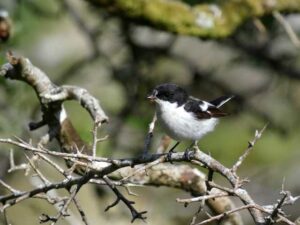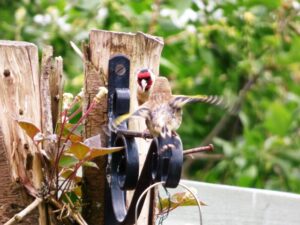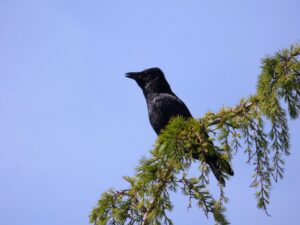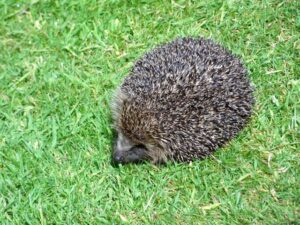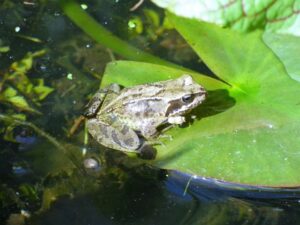Hugh’s News – 28 May 2020
I have taken the opportunity of sifting through loads of old bird magazines that have been sitting in in the loft! I used to refer to them periodically for information on birds and bird sites, but confess that they have just been gathering dust recently. Flicking through them again now, it is interesting to see what was in the articles in past years.
Do you remember when Foot and Mouth Disease devastated the UK in February 2001? Like now, we were severely restricted from visiting the countryside for several months and many farm animals were sadly slaughtered – although fortunately there was not the same risk to human life as there is with Covid-19. Frustrating though it was at the time, we coped then, and we will hopefully cope again now.
The status of some birds on Wirral has certainly changed in the last 20 or 30 years. I still remember “twitching” a Little Egret at Parkgate not long after I moved to Wirral in 1990! Back then they had started to frequent the South of England in summer but had still not bred in the UK. Now they are so common that we almost take them for granted on a walk long the Dee. As for Great Egret, Cattle Egret and Spoonbill, these were still “mega” rarities! These species are now slowly colonising England too. It will be interesting to find out what has been breeding this year, once we can visit out-of-bounds sites again. Watch this space!
Conversely, the odd Pied Flycatcher, Lesser Spotted Woodpecker and Wood Warbler were still nesting in locations such as Stapledon Woods and Eastham Woods, but sadly they have long ceased to breed on Wirral.
Blackcaps are now regular winter visitors to gardens, involving birds from central Europe rather than UK breeding birds which migrate south. This is a relatively new adaptation however, an interesting change in behaviour that may be linked to our milder winters in recent years.
Some things do not change however. The sad persecution of birds of prey has been prevalent for years especially of raptors on moor land, and does not show signs of diminishing. Red Kites were down to just a handful of breeding females in mid-Wales in the 1980s. Through a combination of reinforced protection (including the protection of nests by the SAS!) and latterly several re-introduction schemes, their numbers have increased significantly. Birds are being reported more and more frequently over Wirral which is wonderful. This magnificent bird is still at risk from shooting or poisoning in some areas though, notably Black Isle in Scotland.
The photos of the Little Egret and male Pied Flycatcher are mine. The other images are all from Barry’s garden again. Doesn’t he do well for wildlife! They feature a Goldfinch feeding a fledgling; Carrion Crow; Harry the hedgehog; and my favourite which is a frog in his pond. OK, a couple aren’t birds but it is all part of life’s rich pageantry.
That’s all for now folks!
Hugh Stewart
